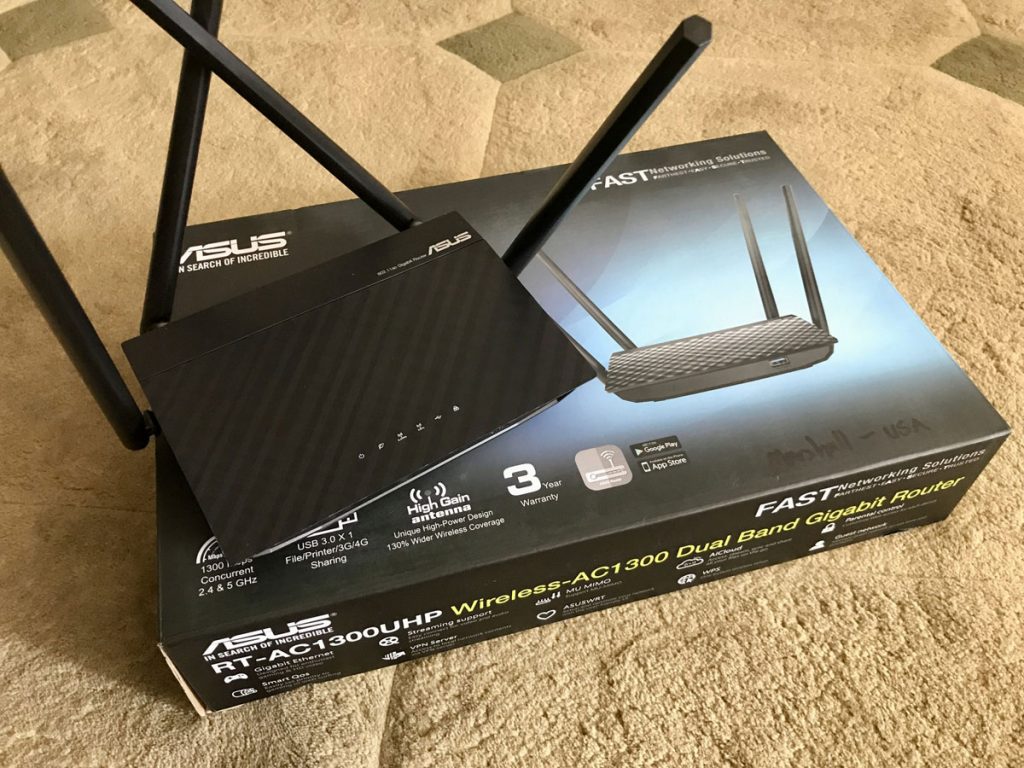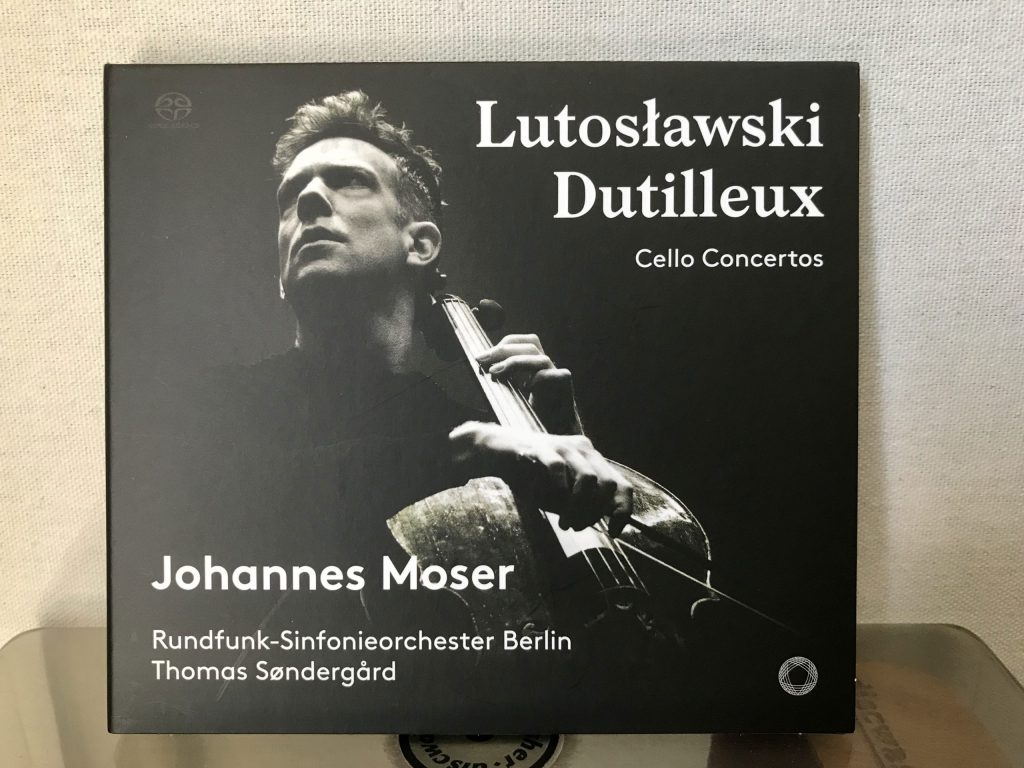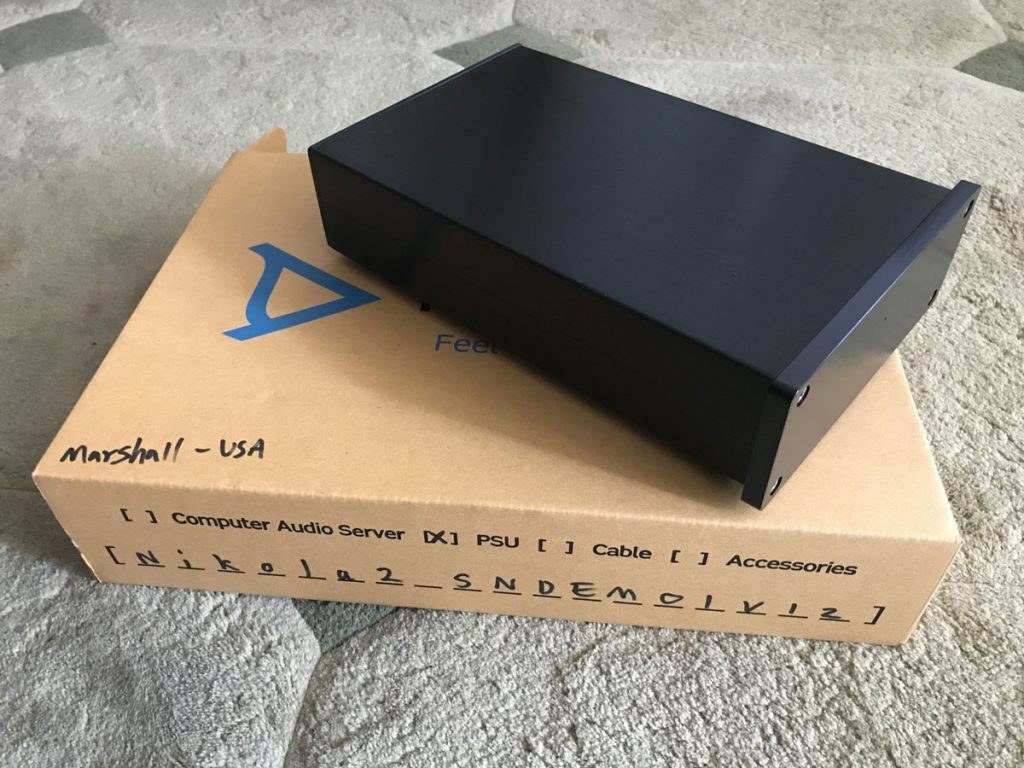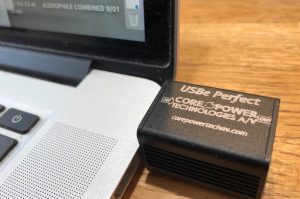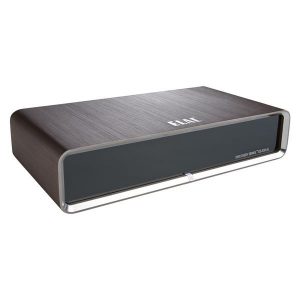Photo courtesy New York School of T'ai Chi Chuan
Sundays at noon I take Qigong class, a Chinese discipline of standing postures and slow movements. Translated, it means "energy work," and is related to T'ai Chi Chuan. The aim is to help you achieve relaxation. Sounds easy, right? That's what you think. By the time you reach adulthood, you have accumulated potentially harmful habits and tensions over decades. It takes years of practice with these exercises to unlearn what you may not even be aware of. Gradually, very gradually, you'll recover the kind of relaxation that is natural for a baby.
Like everything else, the class adopted Zoom during the pandemic. Today, Zoom was not cooperating. The stutter starts and stops of the video feed transformed the instructor into a Charlie Chaplin wannabe; the lag of the audio conjured the early motion picture talkies. Ah, the pleasures of Zoom… how can a company offer this kind of consumer experience yet command a market cap of $139 billion—can't we do better? It is ripe for disruption.
I shifted my attention to this new gizmo from Fidelizer, an audiophile boutique based in Thailand. The AirStream is claimed to improve Wi-fi reception. With nothing to lose, I swapped to the AirStream LAN.
Holy smokes! Zoom was repaired to the extent that I could follow the instructor and the class session was salvaged. That makes me want to retract (nearly) every bad thing I said about Zoom.
The idea behind AirStream
The AirStream is a classic example of trickle down. The phone utility brings the internet into the home and the serviceman sets up a router. In an audiophile ethernet setup, an ethernet cable runs from the router to an ethernet switch over by the stereo system and from there more ethernet cables take it to your music server and DAC. Everything is hard-wired, because it simply sounds better than wireless, and that's no ordinary ethernet switch. Audiophiles grasped early on that the switch was often a choke point, causing streamed music to sound not nearly as good as music stored locally on a hard drive. Enter Fidelizer, who took a good consumer-grade switch (the Cisco SG110D-08), identified the weak points, and gave it a parts makeover. The resulting EtherStream switch ($399) had a huge impact. I reviewed it (HERE) and concluded, "…the EtherStream gives you the same playback quality from Qobuz as music files on local storage. There was no audible difference." Audiophiles were happy.
Fidelizer EtherStream
But what about everyone who uses Wi-fi to access apps like Zoom or YouTube? They were back at square one with the same issues. Aha! The lightbulb went on in Thailand. Why not port the fixes developed for the hard-wired audiophile switch over to a router optimized for wireless? Just as he did for the EtherStream product, Keetakawee Punpeng, the Fidelizer guy, took a very good router (ASUS RT-AC1300UHP, about $140 on eBay) and gave it a parts makeover, targeting Wi-fi improvements (check the website to get the list of upgraded parts). The AirStream does not disguise its origin; the ASUS insignia remain in place; only an adhesive label on the underside indicates the product underwent a Fidelizer makeover.
I asked him if the idea was original. Keetakawee wouldn't take credit because there are other routers that do this, only they cost anywhere from $1,500-$4,500. This presented an opportunity: Fidelizer specializes in delivering trickle-down upgrades from cutting edge High-end products to the average audiophile (or household) on a budget. The AirStream sells for $499.
I don't use a fancy router. The phone utility installed a Verizon FiOS G1100 when we upgraded to 5G internet access. So I'm not in position to compare the AirStream to the fancy ones, but my setup does resemble the average consumer's, Fidelizer's target market.
Installation
Installation is pretty much plug-n-play. I ran an ethernet cable from the Verizon router to the AirStream, plugged in the supplied wall-wart, and it powered up. Two local area networks appeared, one called AirStream with the default 2.4GHz bandwidth, and AirStream 5G with 5G bandwidth (provided you have 5G service). You join these with the provided credentials. The AirStream can be configured as a router, access point, or a repeater. Mine was set up as an access point, "… so it can work with your existing router without IP conflict or subnet issue as WiFi access point extension."
Differences Between AirStream and AirStream_5G LANs
I recalled what Punpeng said about networks. Here's the Cliff Notes of an email exchange (lightly edited):
As far as Wi-fi, the AirStream LAN will provide better sound quality as 2.4GHz will have less interference. I often use AirStream for audiophile network. The AirStream_5G LAN has more bandwidth and works well for high bandwidth streaming, like movies. It gives more body and it's easier to get the full sound experience. It is more forgiving—the trade off is you lose some details. I use 5G for non-audiophile network.
Quality will depend on the device and synergy of cable matching, too. In general, I prefer to use wired with the EtherStream switch, but AirStream wireless closes the gap.
Testing the Video
I set about doing comparisons of the various LANs, only to find the experience with my Qigong class was not repeated. Other video apps didn't show a dramatic difference when I swapped to the AirStream networks; the improvements, if any, were marginal. What's going on?
I reached out and Punpeng quickly got into considerations well beyond my pay grade. He pointed to the caching function of archived videos. To see the differences you will need a live source with real-time processing of the online packet, without caching to local storage. And make sure to refresh the screen when you switch LANs. A big factor is the quality of the Wi-fi receiver on the device—try a different device.
Aha! So far I had only used my MacBook Pro laptop. I switched to the iPhone and brought up highlights of French Open tennis on YouTube. The differences popped: sharper resolution; better color saturation; movement was more continuous.
For further insight, I talked with an experienced user of streaming video products. He expressed zero surprise when I told him my observations. Laptops are notorious for the high noise and error levels of the video content and this will tend to mask the kind of differences we're looking for. A better test would be to use the AirStream with a Hi-res TV or flat screen. Unfortunately, I don't own such. This will have to be picked up by another reviewer.
My First Audio Tests
However, the MacBook Pro does a much better job of getting out of the way on the audio side. I use streaming to watch jazz and classical concerts, and listen to music from Qobuz. The video is of secondary concern for me: my 15" MacBook Pro screen is good enough. Audio quality is my priority and this I port to the big rig via USB cable into my CH Precision DAC. To test the audio side, I wirelessly streamed music from Qobuz (as an audiophile, I would never do this, but it serves for testing purposes). The results with AirStream were pretty impressive.
I selected the second movement of the Lutosławski Cello Concerto with Johannes Moser (soloist) and Thomas Søndergård conducting the Rundfunk-Sinfonieorchester Berlin (Pentatone 96kHz 24-bit). Then I did the shuffle between the AirStream LAN and my household LAN, making sure to refresh, as Punpeng instructed.
First let's talk about the AirStream LAN. The second movement of the concerto begins with low-level percussion fomenting a murky atmosphere behind the soloist. That is disturbed by short antiphonal bursts from a pair of brass choirs, left and right, followed by more murk, occasionally punctuated by piano accents or string glissandos. I could "see" all of this on the virtual stage very well.
With the household LAN, I am presented with the outlines of the composition as if it were painted with broad brush strokes, and that's as far as it goes. It's soft, there's no texture to speak of—I mean, none. The low-level percussion creating the murk is indistinct: I can't tell which mallet instrument(s) is playing. When the brass choirs enter, they have no bite. Frequency response is plump in the middle and, finally, soundstage depth has collapsed. We have moved significantly backwards.
The AirStream enlarges this bland, low-fi sound into something big and colorful. This is especially noticeable in the bass, where the AirStream corrects the softness in the transient and gives it punch. Non-AirStream sounds washed out.
Fidelizer Nikola Signature LPS
Onward and Upward
If this report whets your appetite and you want more, consider Wi-fi from an audiophile perspective. Lots of possibilities open up, the first is that darn wall-wart that comes with the AirStream. Replace it immediately with a linear power supply and you'll be amply rewarded with a taste of true audiophile quality sound. The move to an LPS is nearly as big an improvement as the AirStream itself. Fidelizer offers two levels of their Nikola LPS: the classic, MSRP $395, and the Signature, $695.
Nikola Signature LPS back
Option Two: piggyback the AirStream onto the EtherStream. Thinking about this, I had to ask: isn't this redundant? If AirStream addresses the same issues as EtherStream, might not the AirStream be able to handle it all? I posed the question.
Is the AirStream as good as the EtherStream for hard-wired streaming?
Punpeng replied:
EtherStream will still sound better than AirStream as a dedicated network switch, optimized and tuned for best results. AirStream is a router with Wi-fi feature for audiophile quality with 4 audiophile quality LAN ports too… Chaining EtherStream with AirStream will further improve wireless quality as base packets to AirStream will be improved with EtherStream.
I tried it and he's right. Optimum results occur when both are chained together. All that's required is an ethernet cable between them. And don't forget the wall-wart that comes with the EtherStream needs an LPS, too. The Fidelizer Signature LPS can be ordered with two outputs to power both devices.
Option Three: consider better ethernet cable(s). Cable upgrades make the same difference here as with any other front-end. I used an AudioQuest Pearl ($39.95/.75m) to chain the AirStream and EtherStream. Later, I swapped to an AQ Diamond ($999.95/.75m. Both were on hand for an upcoming review.) OK, the Diamond may be overkill, but it was so refined and saturated, it filled in the sound. And, of course, the LPS needs a decent power cord. I used an Audience forte f3 powerChord (MSRP $199/1.75m).
Using a $999.95 ethernet cable on a $499 wireless router may seem excessive. However, one must not forget a primary rule of audio: the system takes on the greatest coloration from the least transparent device or cable. Some audio parts only play up to their MSRP, so spending more on ancillaries is a waste of money. This Fidelizer gear has the capacity to scale up. Surrounded with higher-priced ancillaries, it will rise to their level (one level up; not all the way to the top) and you will hear the difference.
Conclusion
As consumers of electronics, we are damn lucky to be the beneficiaries of trickle down. There are a few specialist companies that ensure we eventually get the advances. All you need is patience and meanwhile, the wallet stays healthy. Besides, it is always best to avoid being a Beta tester.
The improvements an audiophile ethernet switch brings to hard-wired music streaming are by now well established. That leaves all those internet apps that you access via Wi-fi, like Netflix, YouTube, or Zoom—what about them, they have the same issues. The root cause in both cases is the consumer-grade router at the head of the chain.
The idea is so obvious in hindsight. Why not port the fixes developed for the EtherStream switch over to a Wi-fi dedicated router? What the EtherStream switch did for the audiophile market, the AirStream does for household apps accessed via Wi-fi. However, the quality of results depends a lot on your local setup and devices. Video streaming with my MacBook Pro showed variable results: some apps were marginally better; others, no difference. With my iPhone, it was consistently better.
What was never in doubt, though, was AirStream's effect on streaming audio from a high-quality source, like Qobuz. The improvement here was pretty remarkable, nearly equaling that of the EtherStream switch for hardwired connections. I expect the video side will evidence similar improvements for consumers who watch movies on high quality screens.
AirStream Audiophile Wireless Router
Retail: $495
Nikola Classic LPS
Retail: $395
Nikola Signature LPS
Retail: $695
EtherStream Network Switch
Retail: $395
Fidelizer Audio





